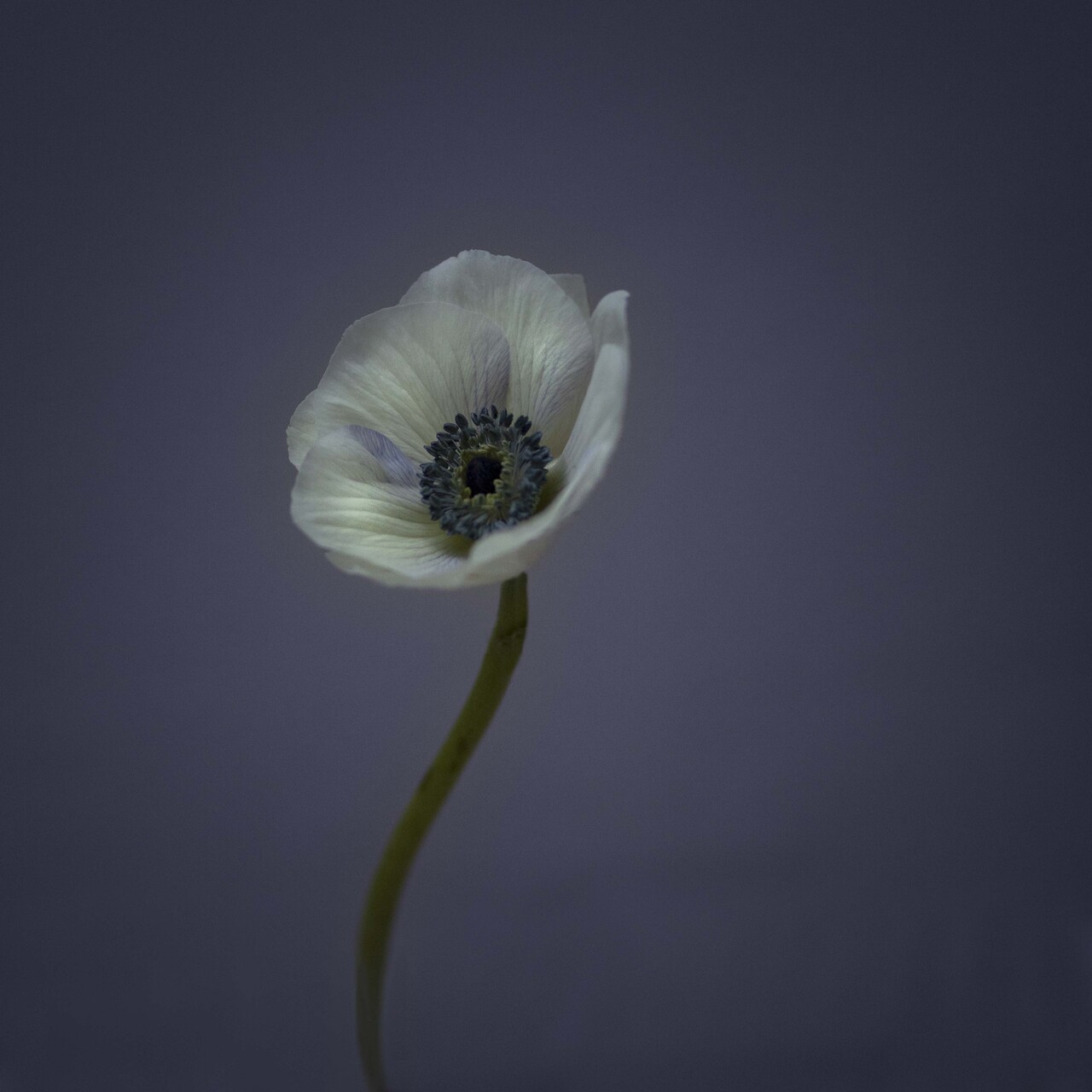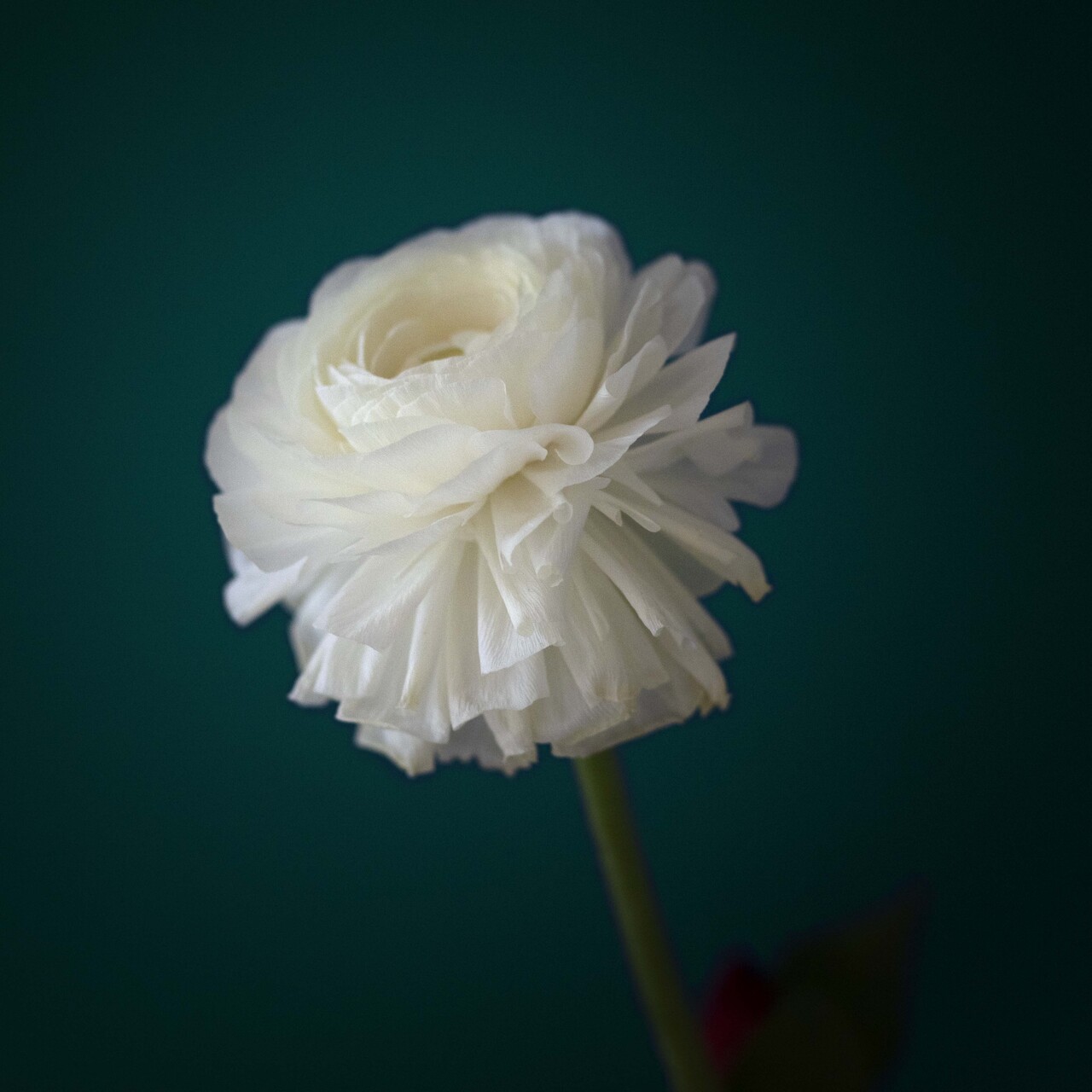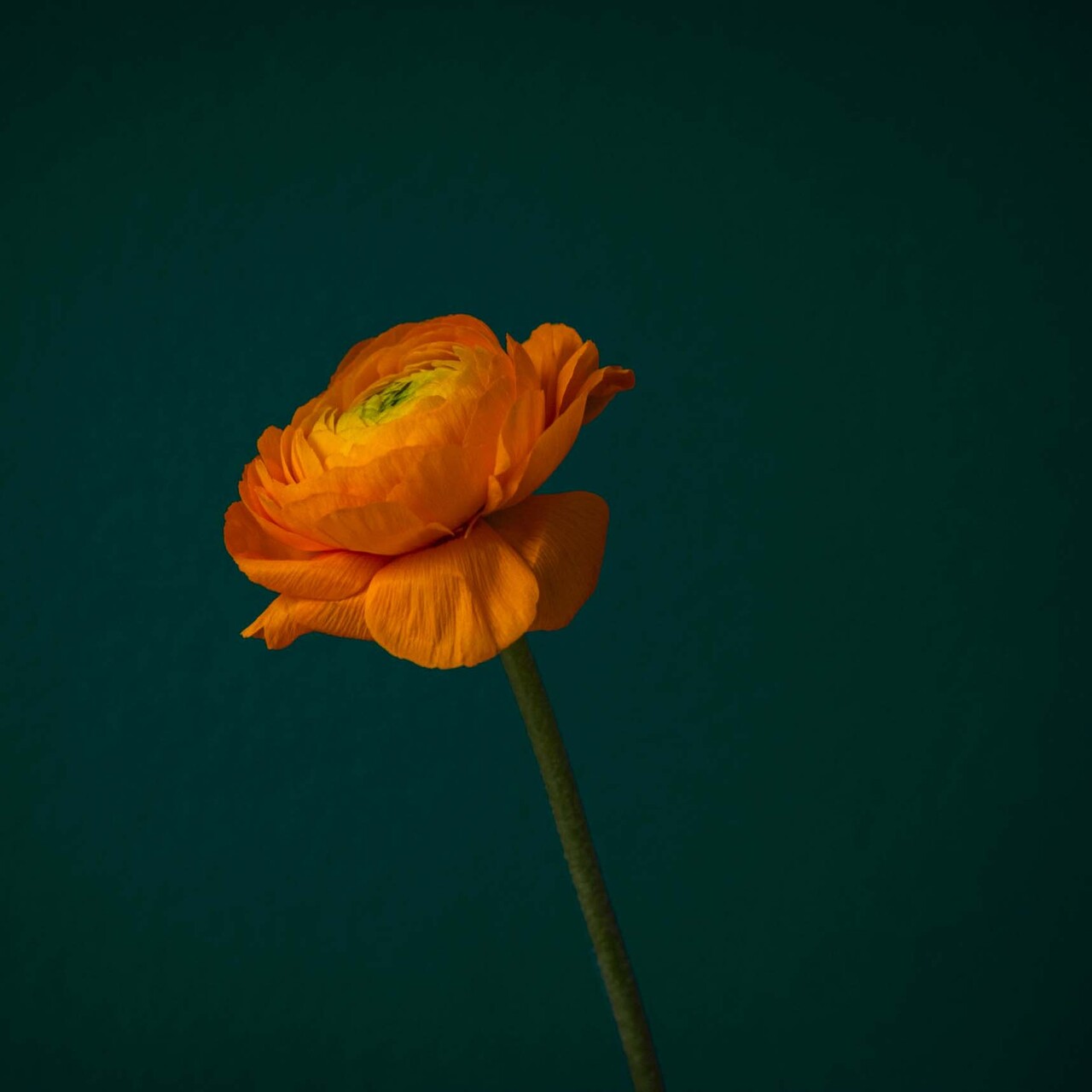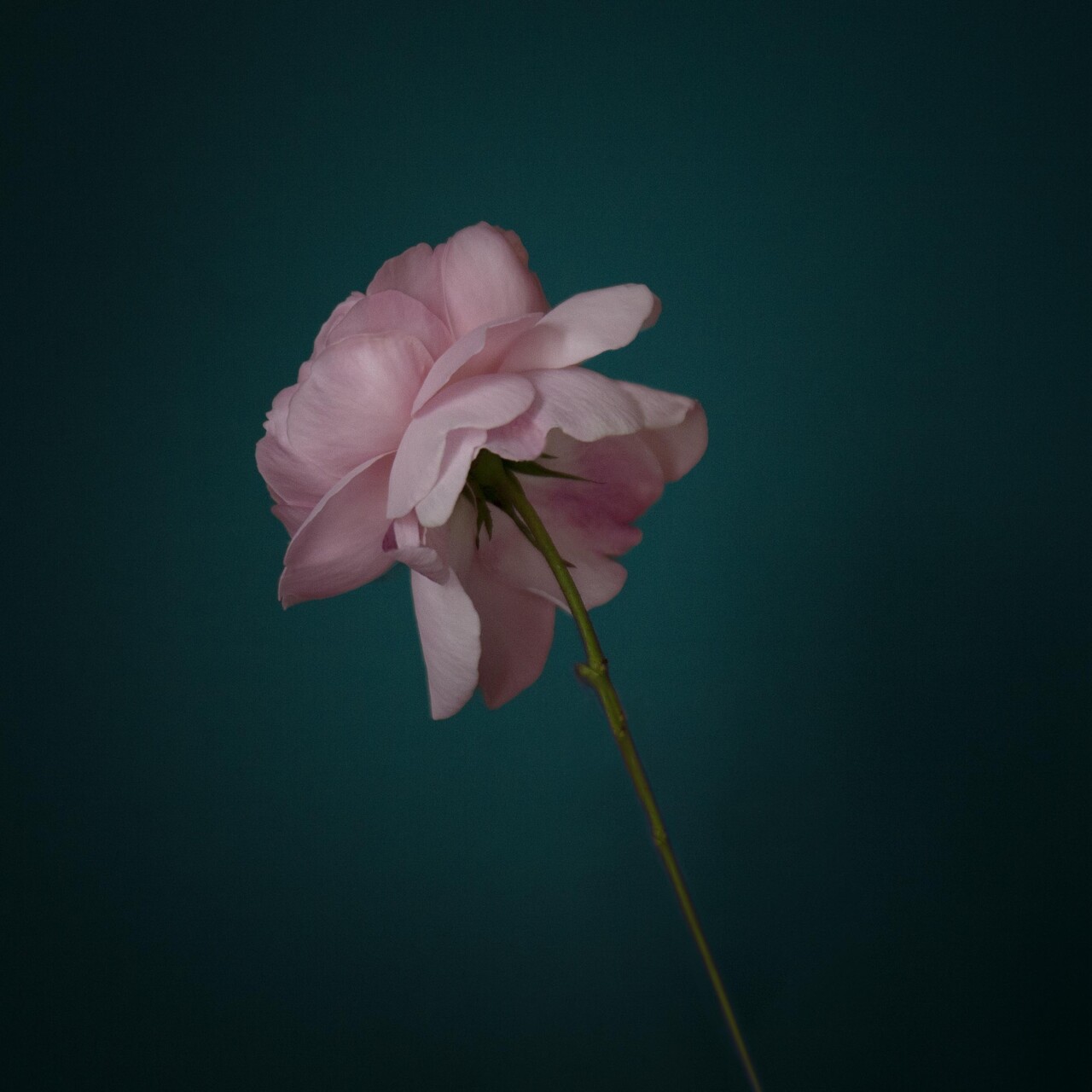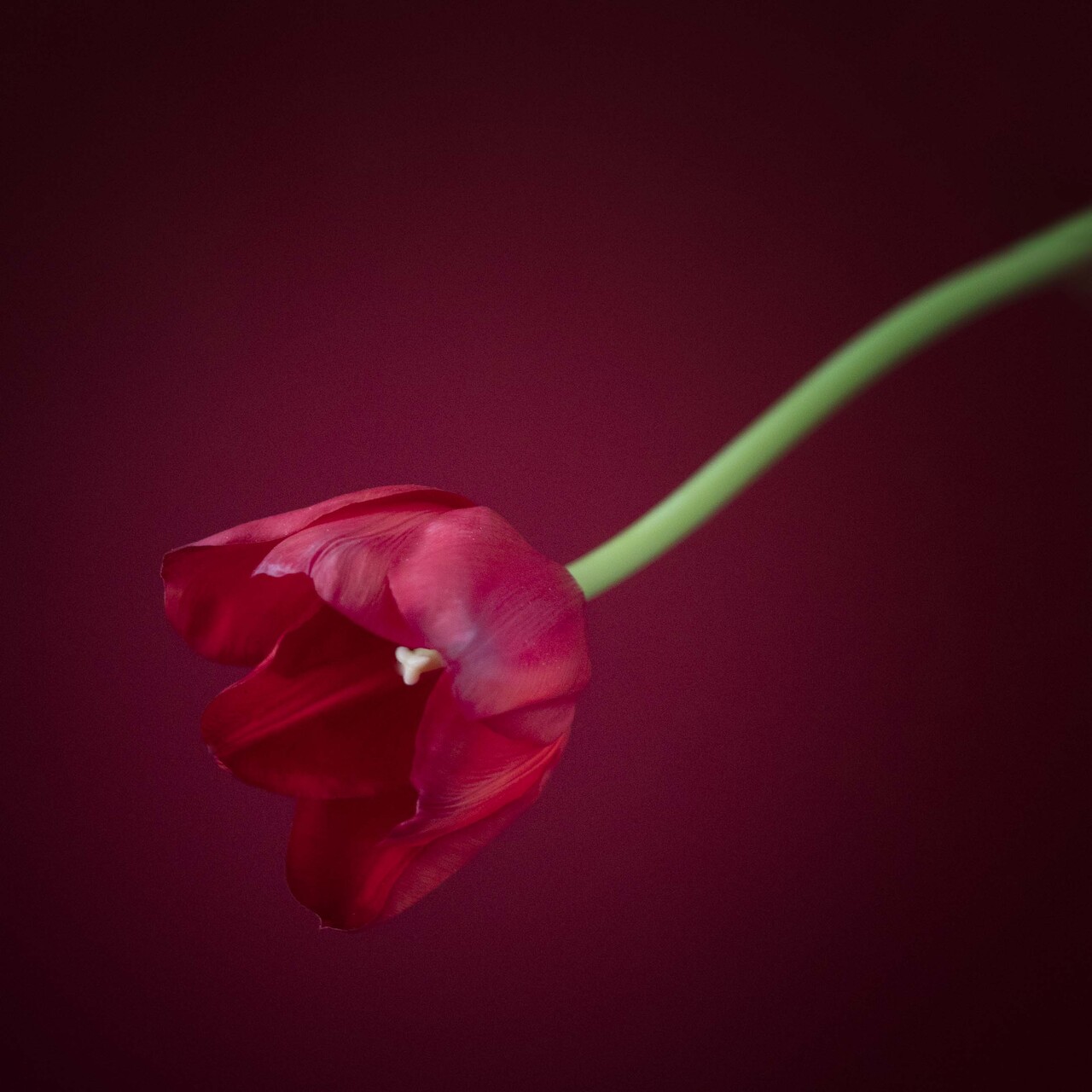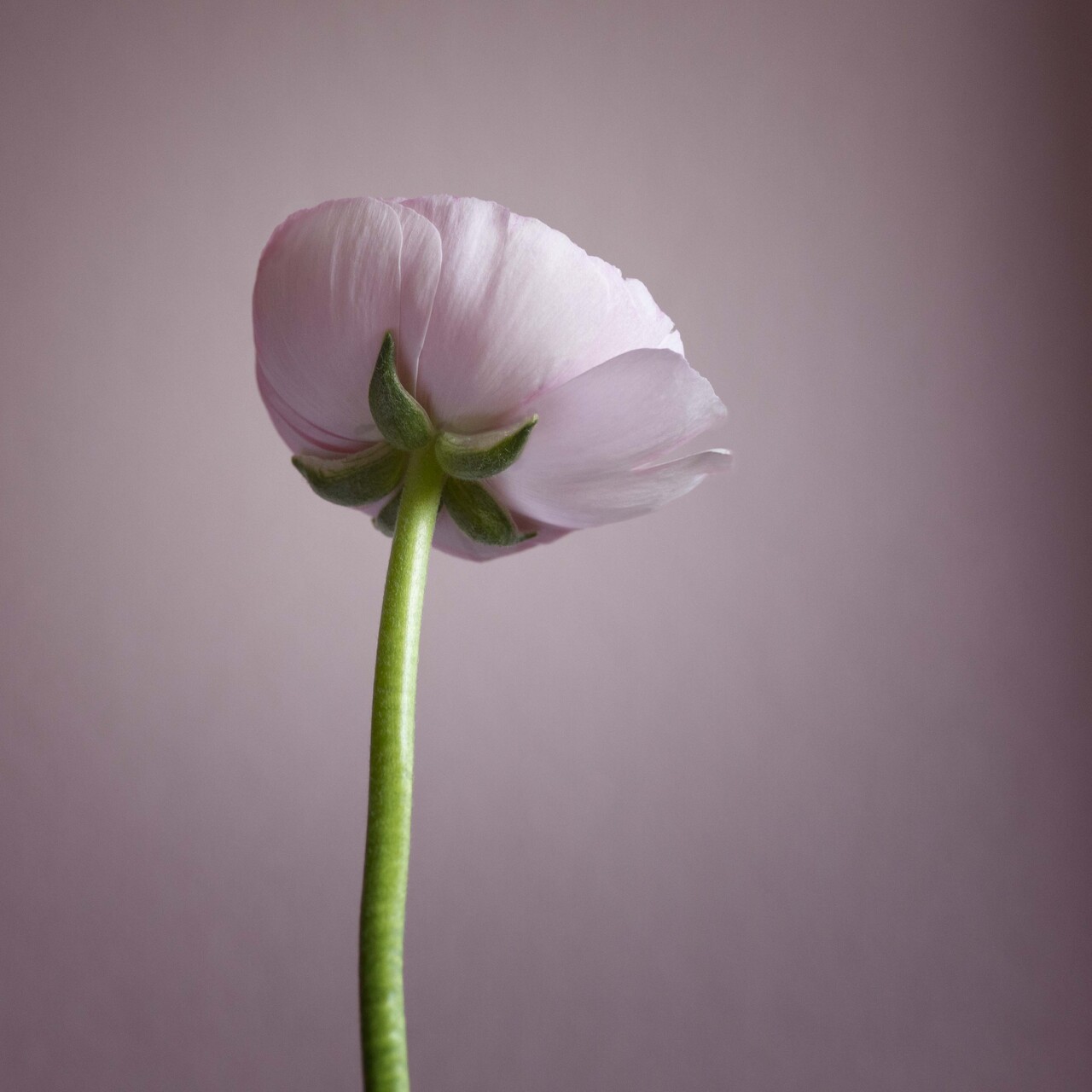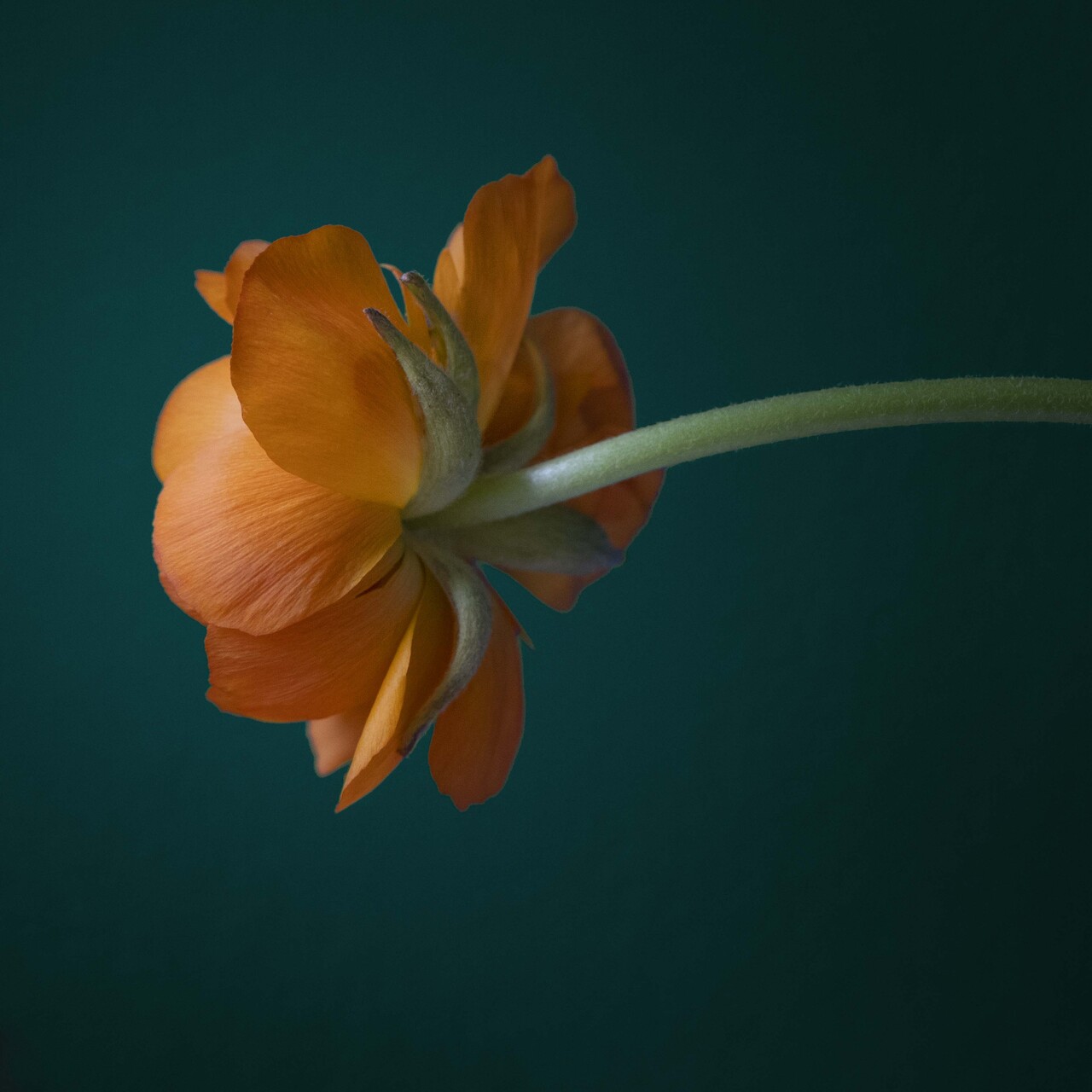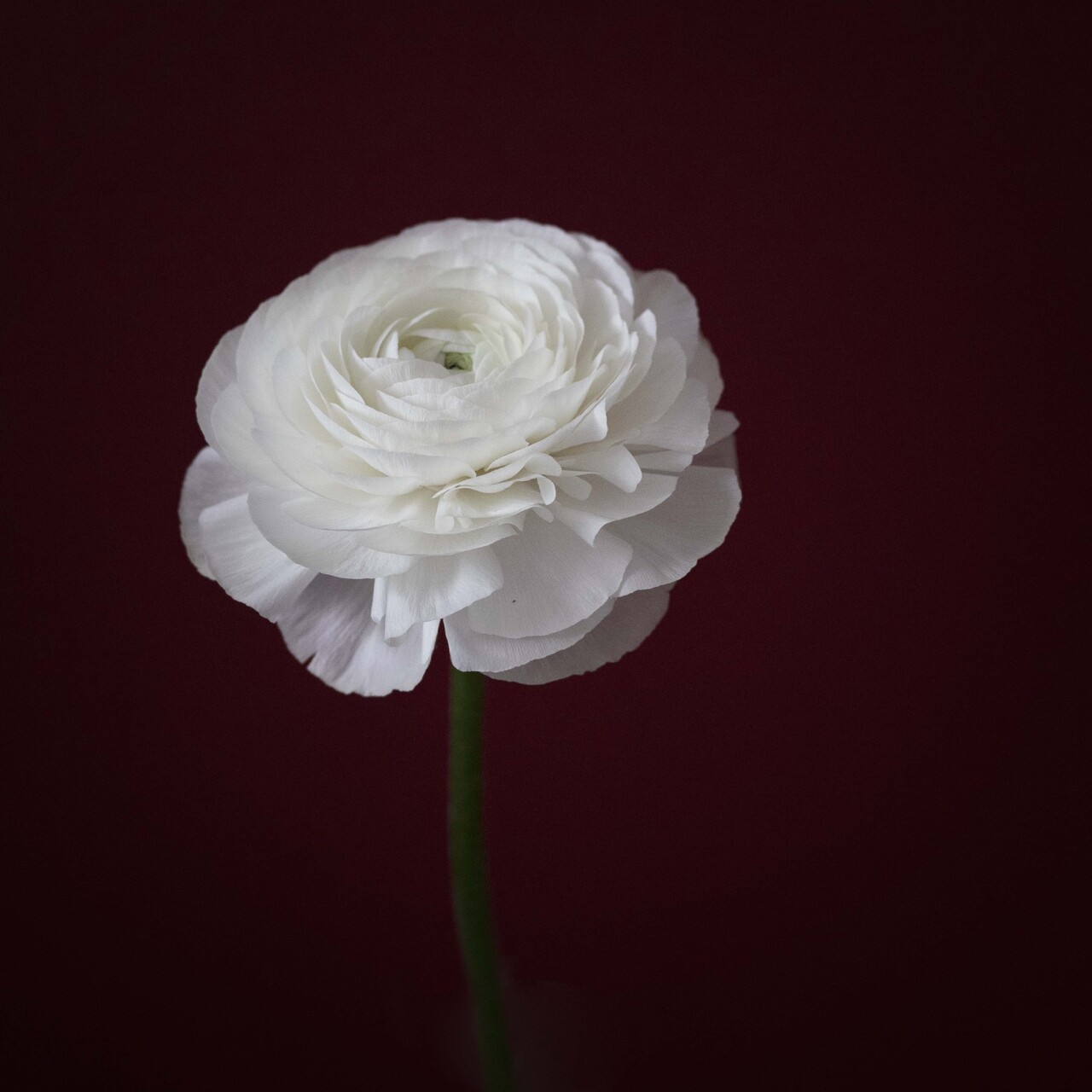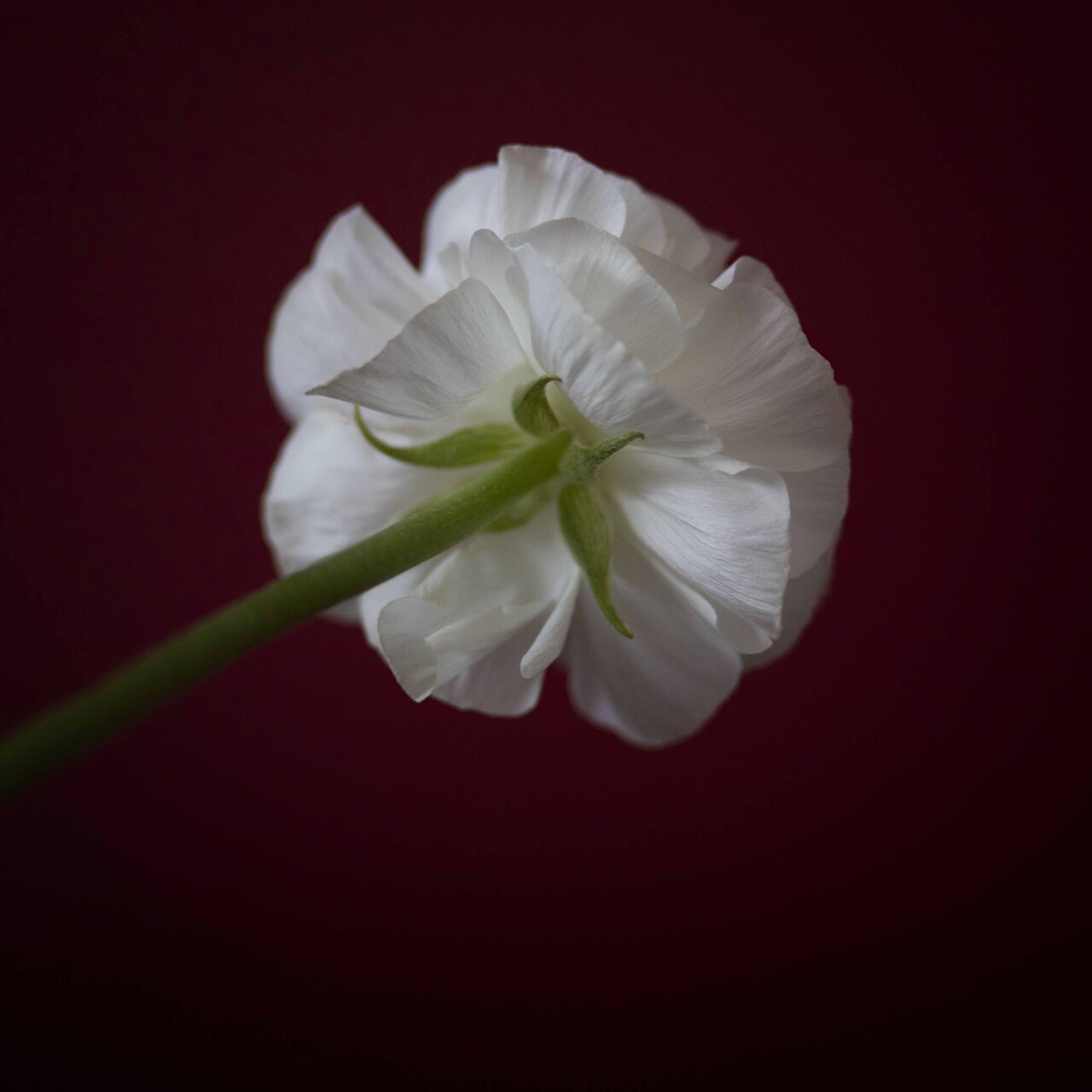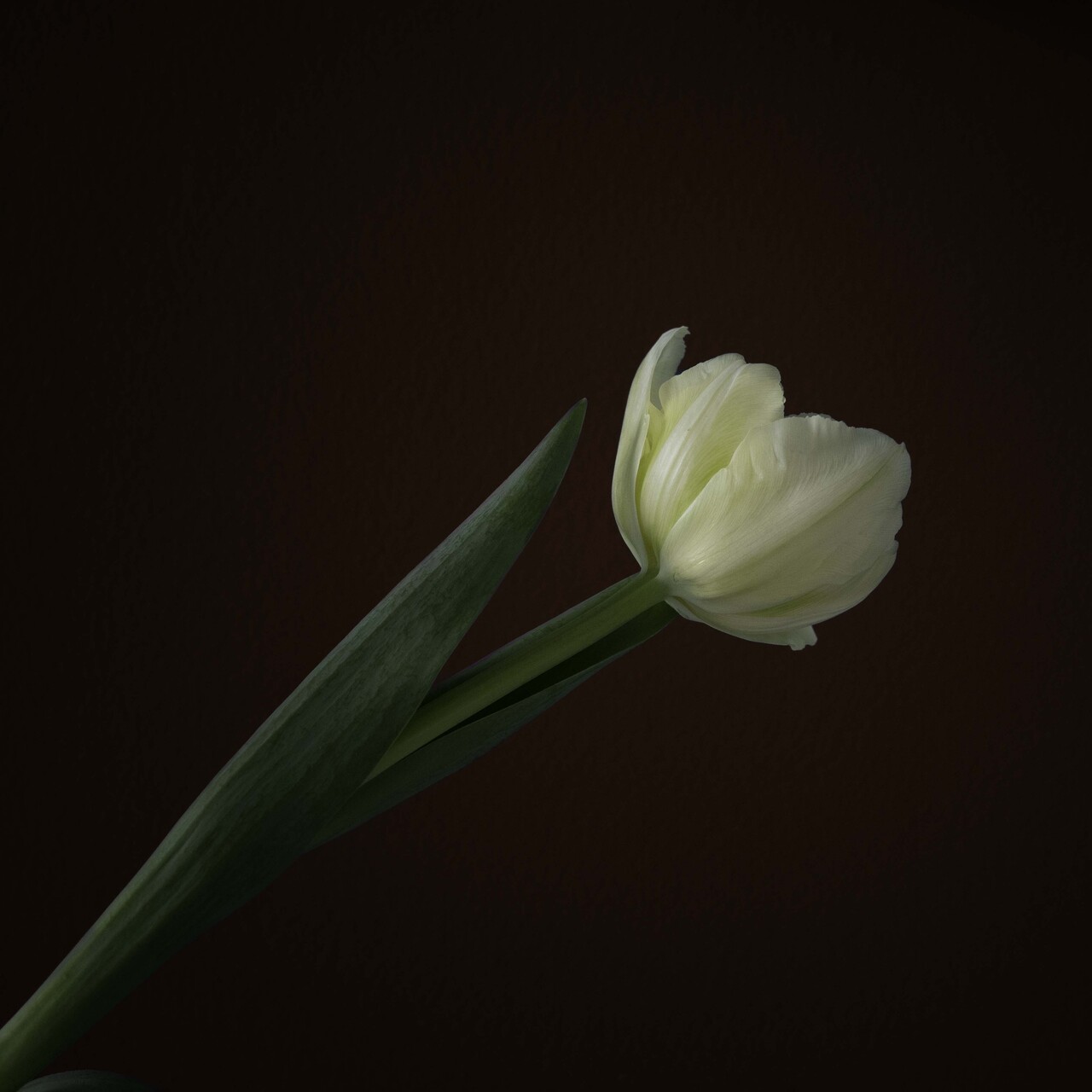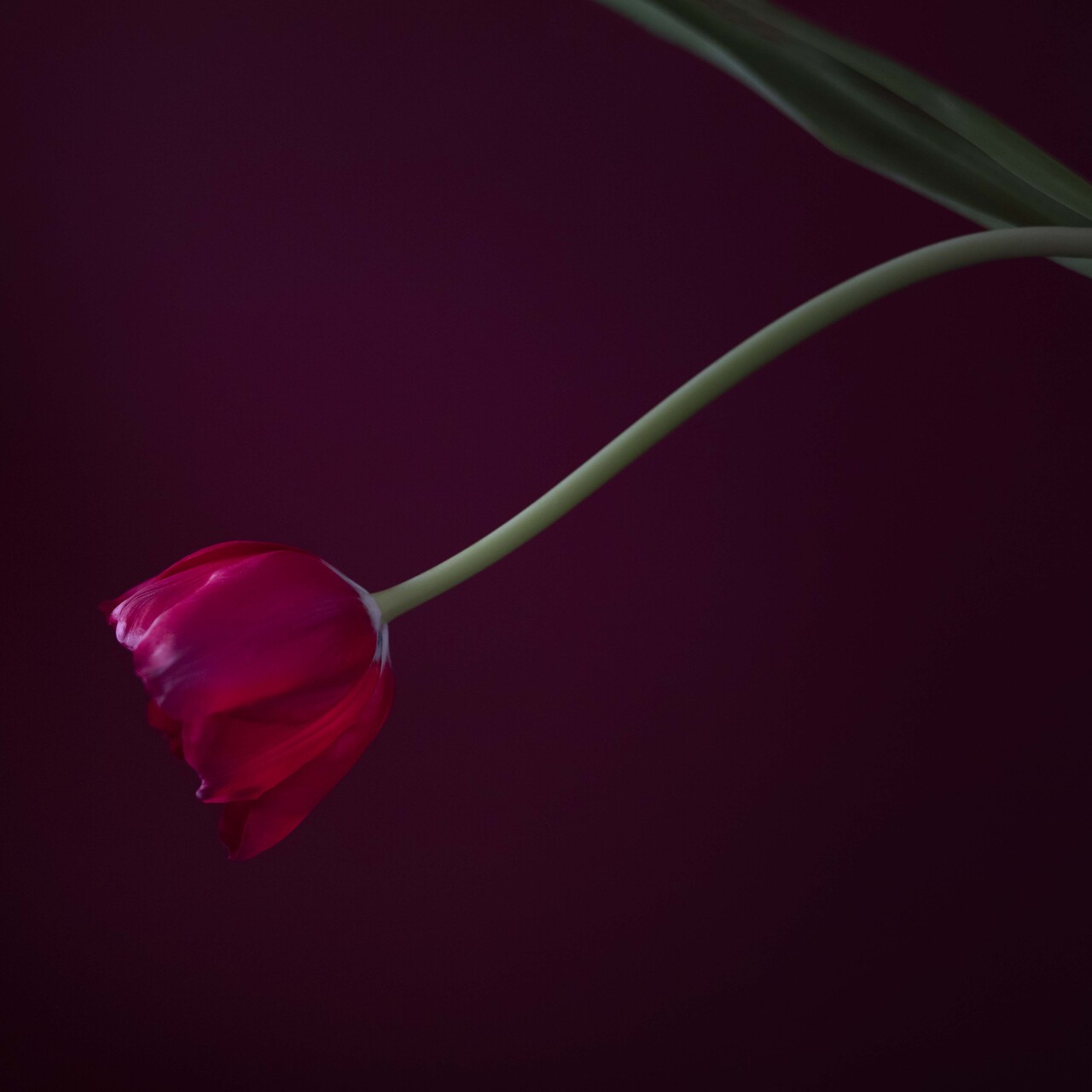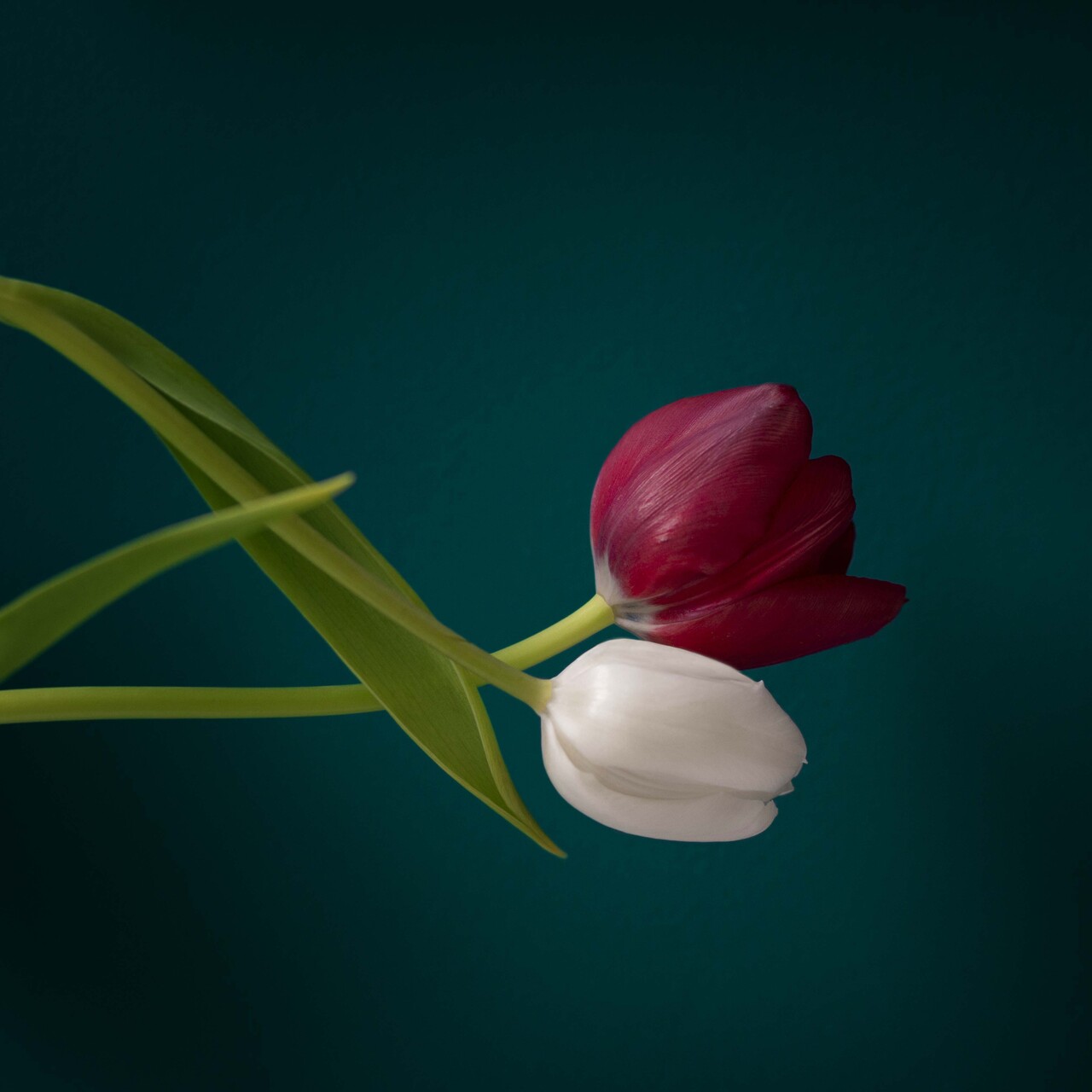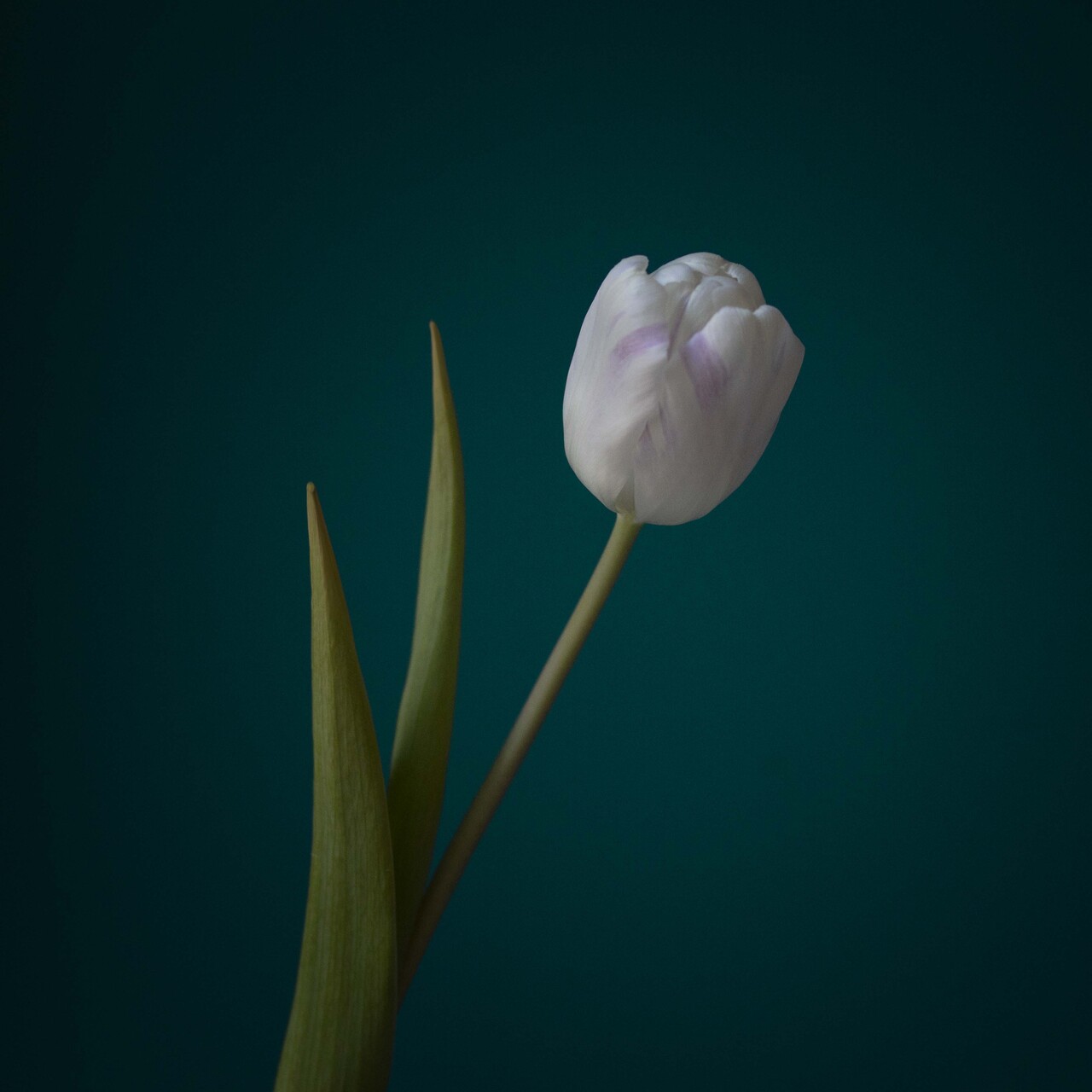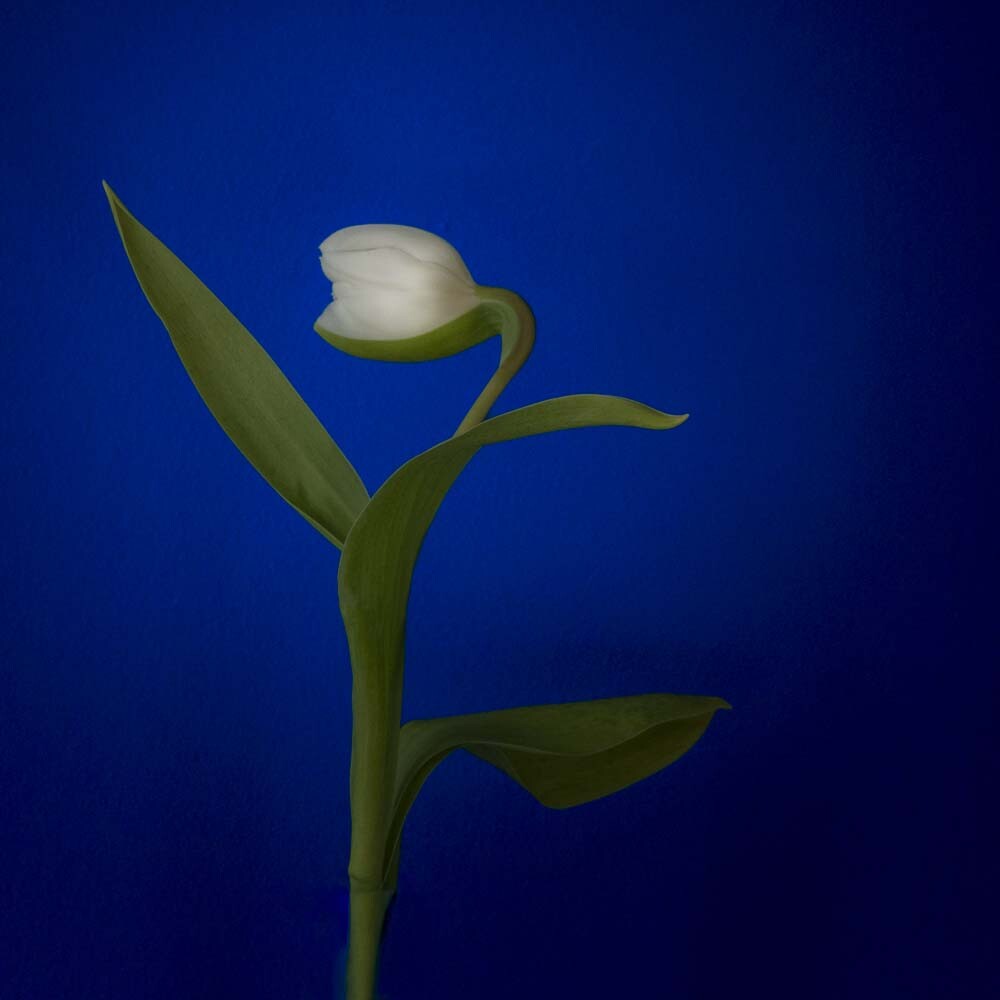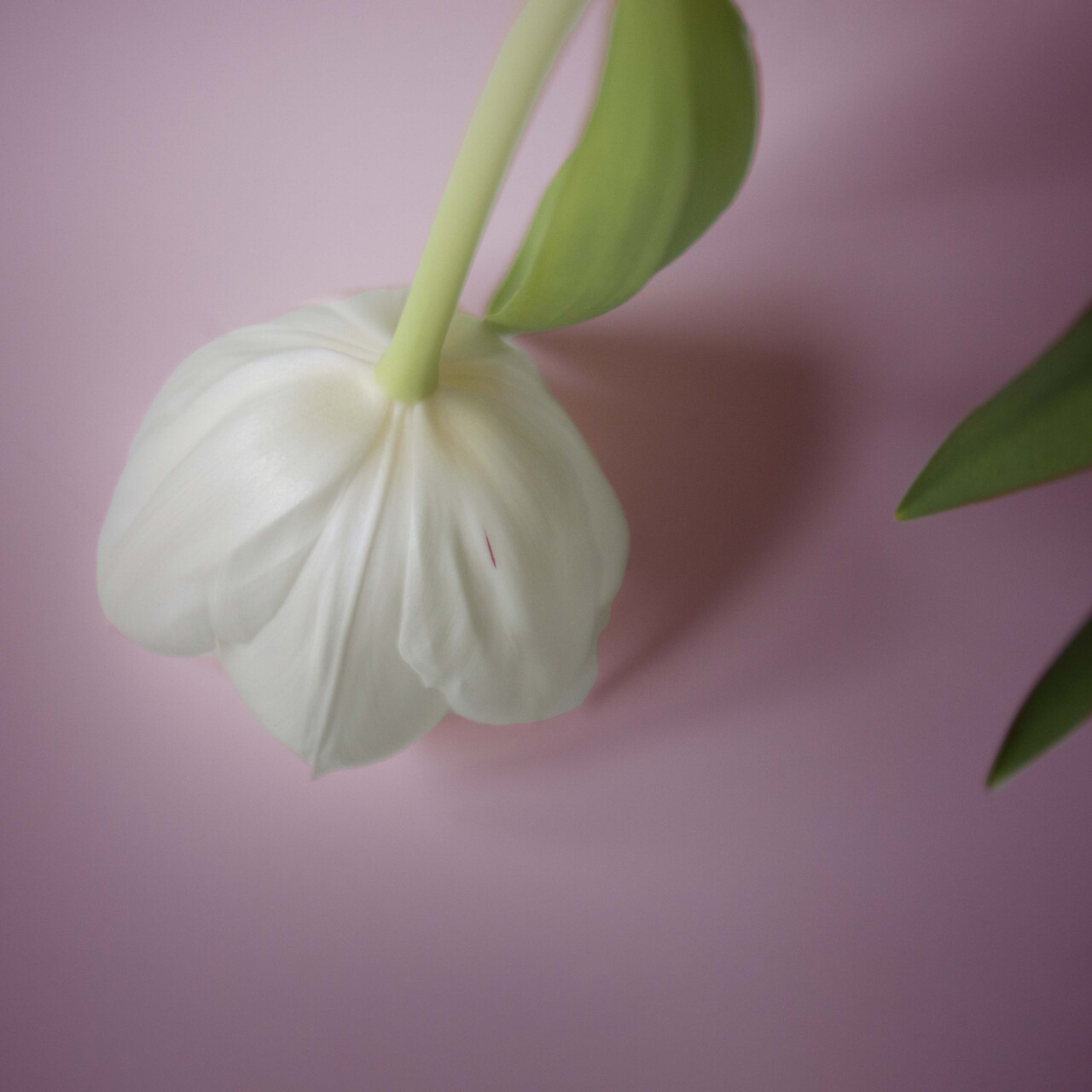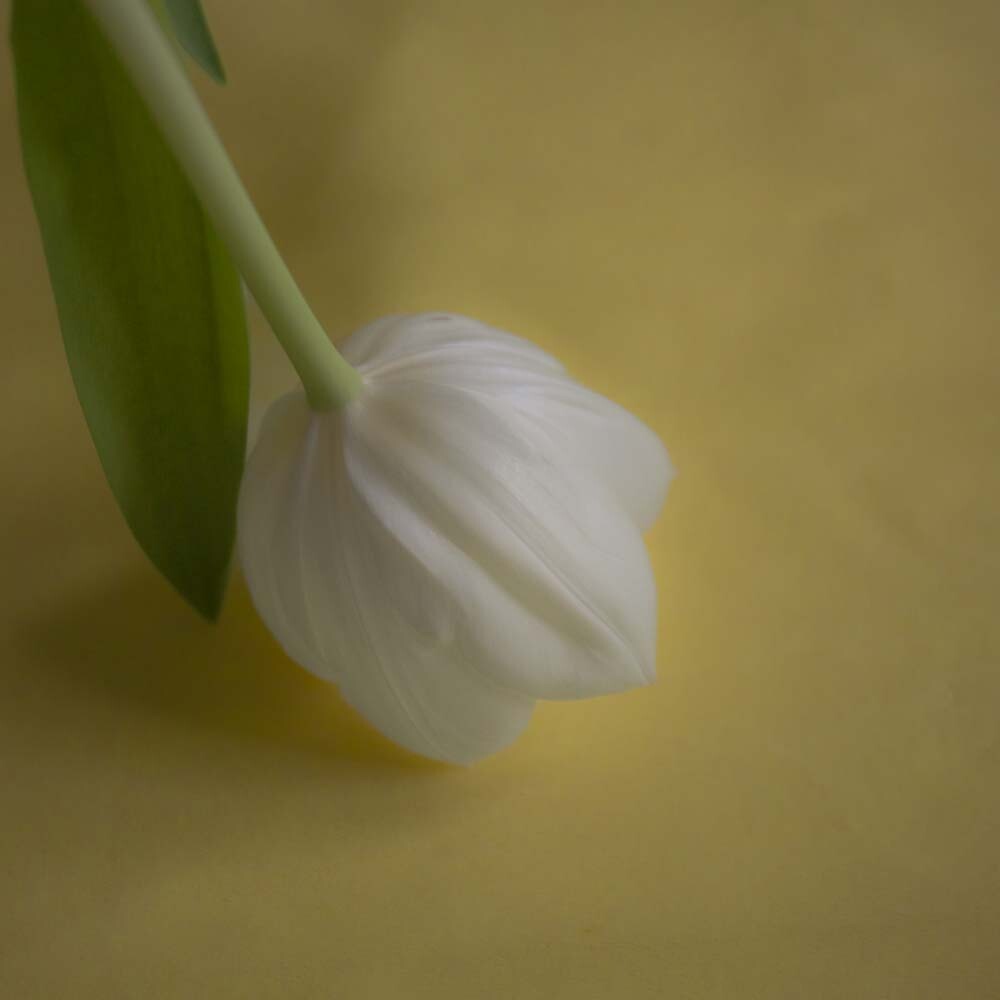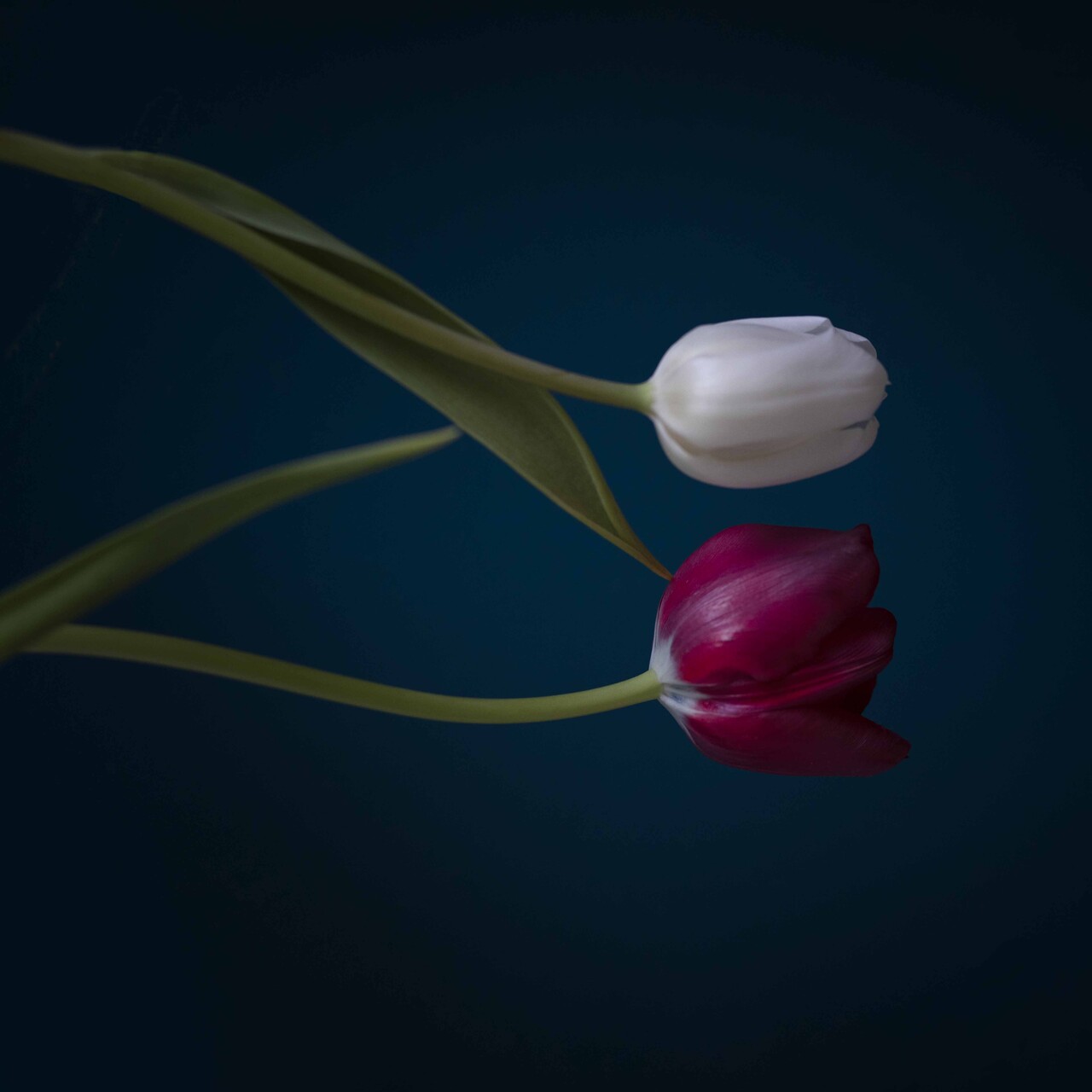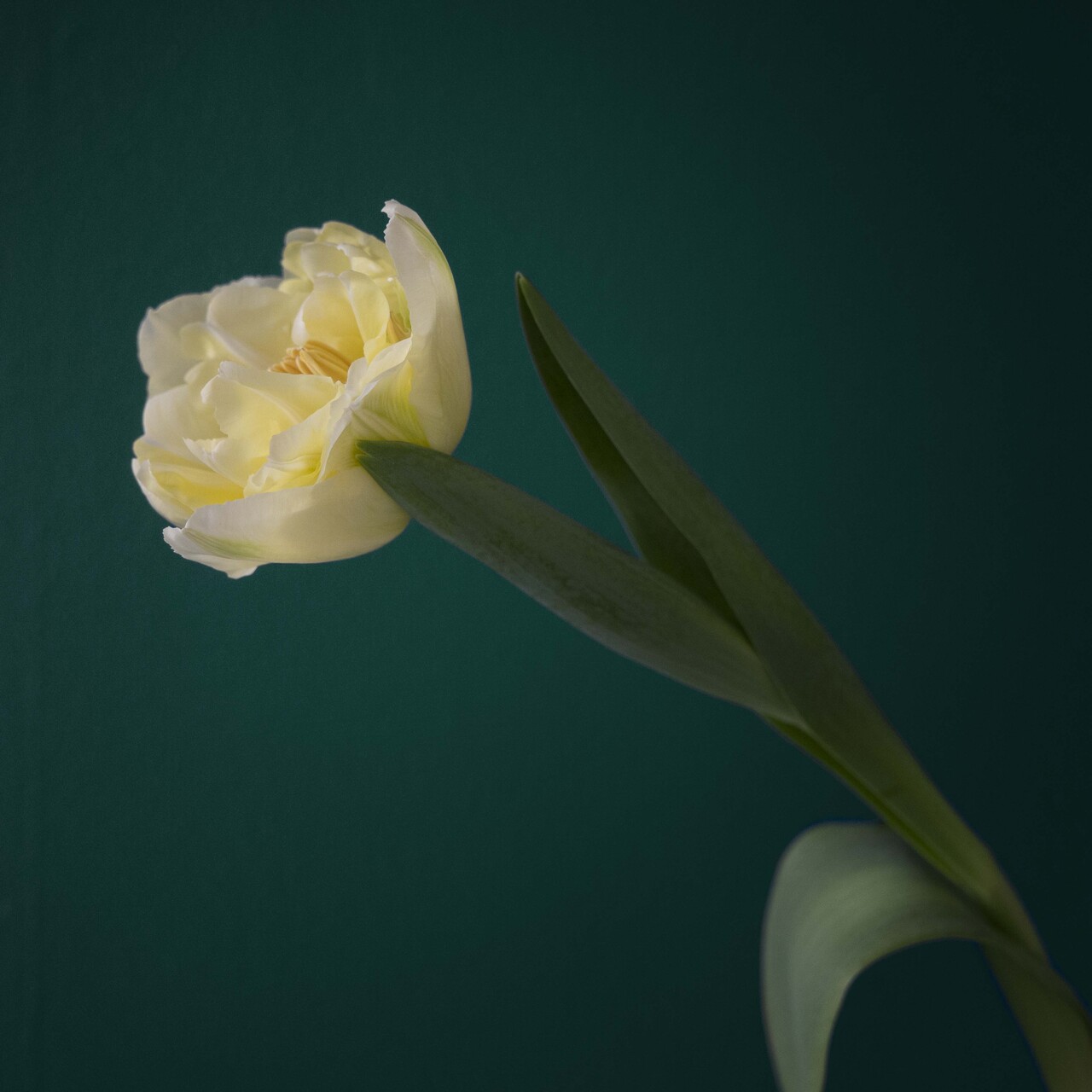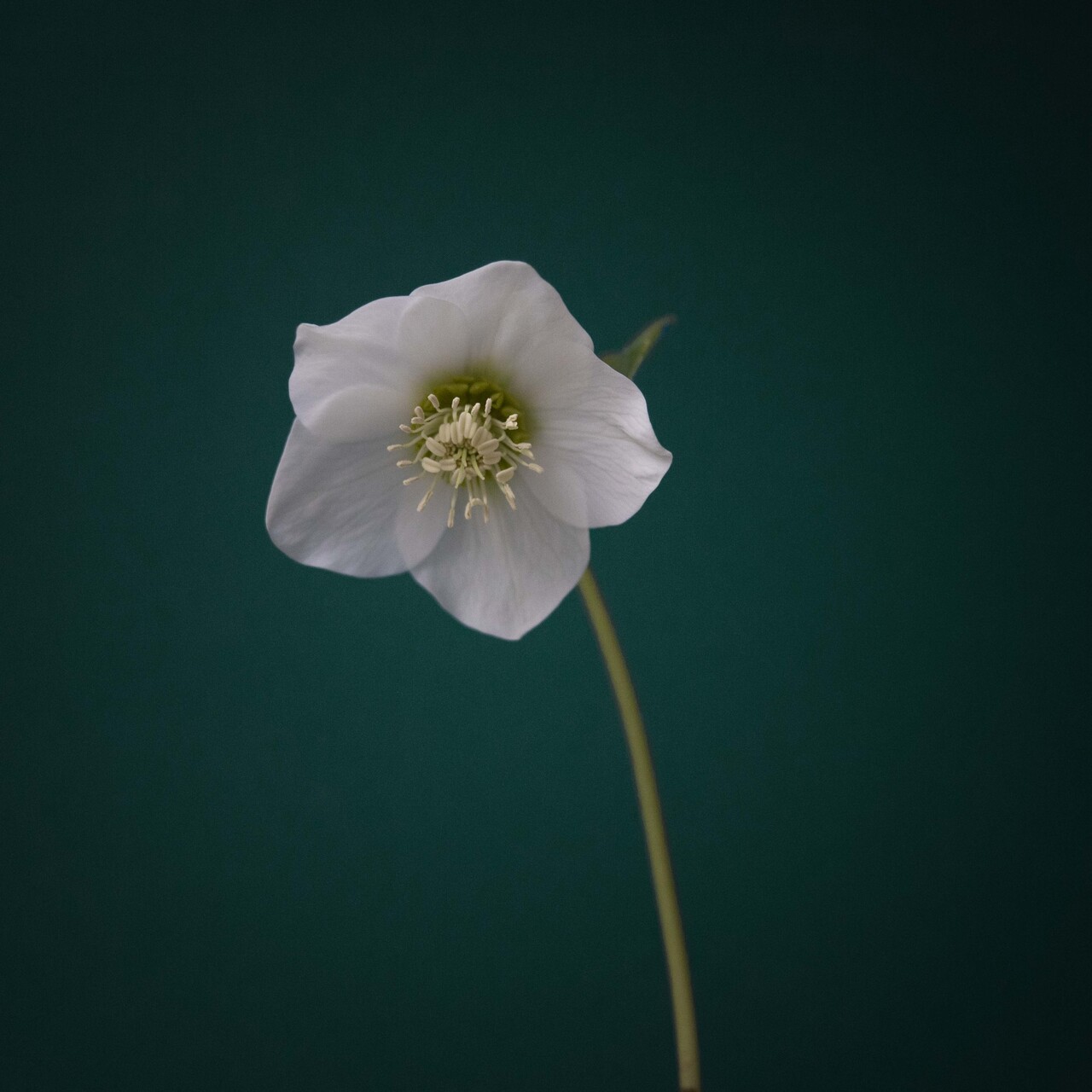Ballet
How can we fail to make a link, if only a poetic one, between the grace of dance and the beauty of flowers when we observe their fluid movement and delicate evolution?
The flower curves to touch the ground like a dancer taking a bow. The delicate petals unfurl gracefully, resembling the tutus adorning these slender, lanky bodies. The stems curve harmoniously, illustrating the suppleness of these bodies. When you watch the evolution of a flower, its petals, its movement, you are captivated by the beauty of the process. It's as if the plant world is offering us an enchanting spectacle, inviting us to contemplate its metamorphosis.
The emotion that emerges in the face of this blossoming can be described as a mixture of fascination and wonder. It's a moment when we can feel moved by the power of nature and the fragile beauty of the flowers unfolding before our eyes. It's a spectacle that awakens our aesthetic sense and nourishes our soul, but also evokes a sense of deep connection with the cycle of life. It's a poignant reminder that everything evolves, transforms and blooms in its own way. This emotion can be tinged with a certain melancholy, as it reminds us of the transience of beauty and the impermanence of all things. Fragility is an inherent characteristic of both the human condition and the nature of flowers. Both are vulnerable to external forces, environmental conditions and the passage of time.
Beauty and ephemerality are elements that can be associated with both man and a flower.
Nature thus reveals feminine beauty, delicacy and sensuality, and underlines the fragility of the human condition with a certain poetry.
The flower curves to touch the ground like a dancer taking a bow. The delicate petals unfurl gracefully, resembling the tutus adorning these slender, lanky bodies. The stems curve harmoniously, illustrating the suppleness of these bodies. When you watch the evolution of a flower, its petals, its movement, you are captivated by the beauty of the process. It's as if the plant world is offering us an enchanting spectacle, inviting us to contemplate its metamorphosis.
The emotion that emerges in the face of this blossoming can be described as a mixture of fascination and wonder. It's a moment when we can feel moved by the power of nature and the fragile beauty of the flowers unfolding before our eyes. It's a spectacle that awakens our aesthetic sense and nourishes our soul, but also evokes a sense of deep connection with the cycle of life. It's a poignant reminder that everything evolves, transforms and blooms in its own way. This emotion can be tinged with a certain melancholy, as it reminds us of the transience of beauty and the impermanence of all things. Fragility is an inherent characteristic of both the human condition and the nature of flowers. Both are vulnerable to external forces, environmental conditions and the passage of time.
Beauty and ephemerality are elements that can be associated with both man and a flower.
Nature thus reveals feminine beauty, delicacy and sensuality, and underlines the fragility of the human condition with a certain poetry.
